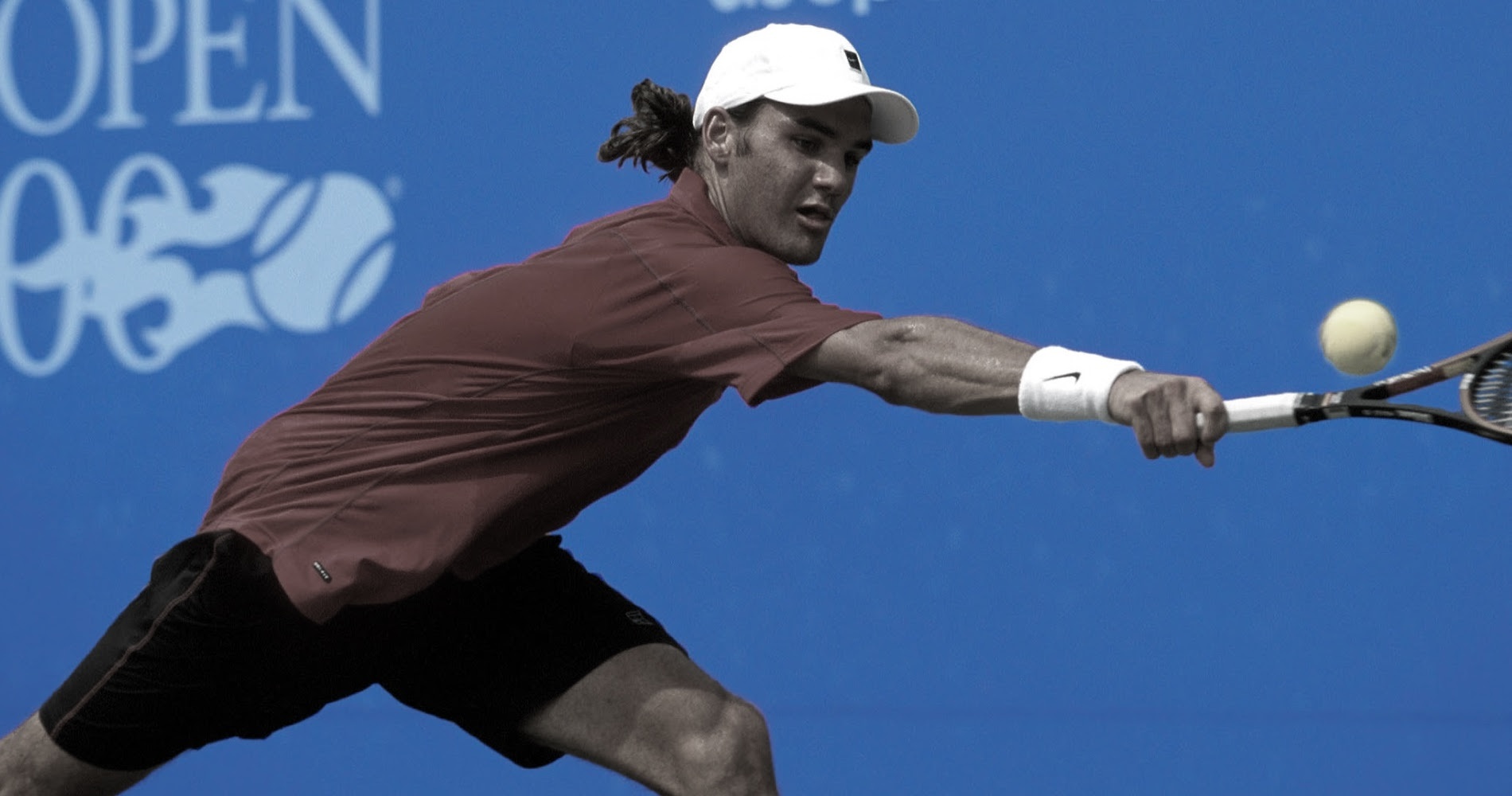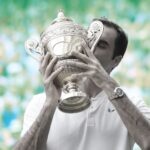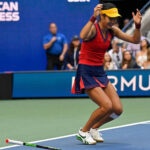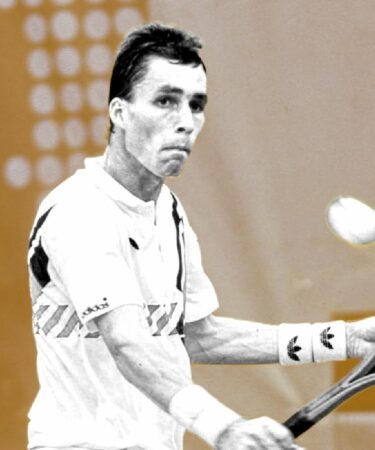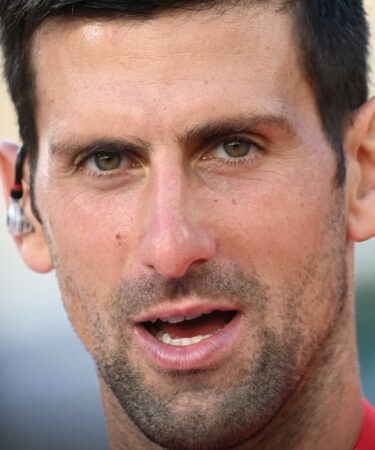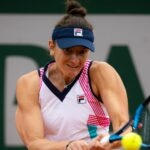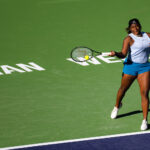January 18, 2000: The day Roger Federer won his first match at a Grand Slam event
Every day, Tennis Majors looks back at the biggest moments in tennis history. On this day in 2000, Roger Federer beat a former Grand Slam champion to score the first of his 369 Grand Slam victories
 Roger Federer
Image Credit – Panoramic/ Tennis Majors
Roger Federer
Image Credit – Panoramic/ Tennis Majors
What exactly happened on that day?
On this day, January 18, 2000, at the Australian Open, 18-year-old Roger Federer scored his first-ever main draw singles win in a Grand Slam tournament, defeating former Roland-Garros champion Michael Chang (6-4, 6-4, 7-6).
The young Swiss player went on to reach the third round of the event. Even if his impressive game was already under high scrutiny, no one expected at the time that Federer would add 368 other Grand Slam wins to this one in the next 20 years, claiming 20 Grand Slam titles.
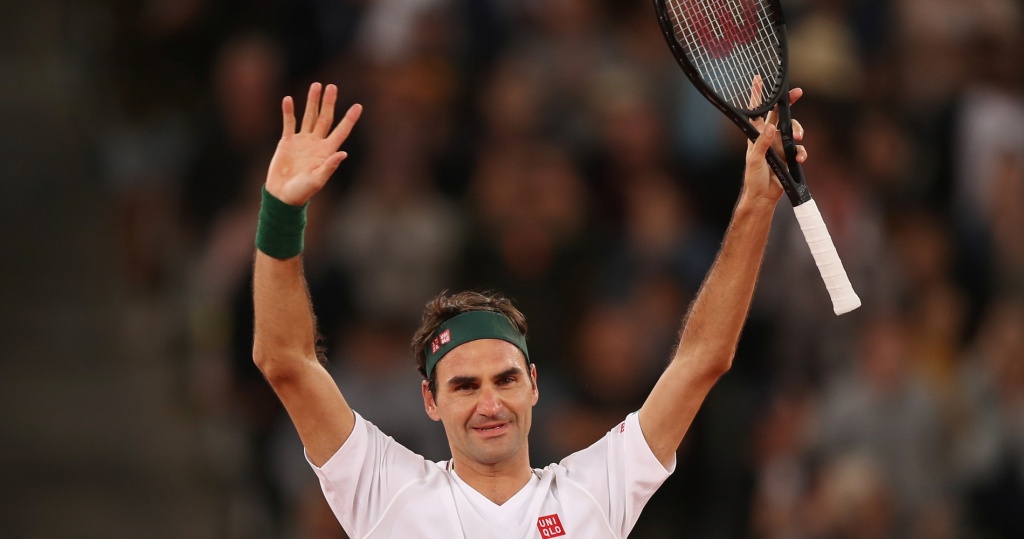
The players: Roger Federer and Michael Chang
- Roger Federer: The rising Swiss who was hailed as a future World No 1
Roger Federer was born in 1981 in Basel, Switzerland. After he finished 1998 as the world’s top-ranked junior, Federer performed well in his initial professional outings. In his five first main tour appearances in 1998-1999, the Swiss reached the quarter-finals three times, in Toulouse, Marseille and Rotterdam. His impressive game amazed the world of tennis and soon he was hailed as a future world No 1.
At the end of 1999, after claiming an ATP Challenger title in Brest, defeating Max Mirnyi in the final (6-4, 6-2), he was ranked No 64 in the world.
- Michael Chang: the former French Open champion who was now unseeded in Melbourne
Michael Chang was born in 1972 in New Jersey, United States. In 1987, at the age of 15, he became the youngest player ever to win a match at the US Open (defeating Paul McNamee in four sets). The following year, in June, aged only 16 years and 3 months, he was the youngest player to enter the top 100 and reached the fourth round of a Grand Slam tournament for the first time at the US Open, where he was beaten by Andre Agassi.
In 1989, aged 17 years and 3 months, Chang became the youngest male player to ever win a Grand Slam tournament, defeating Stefan Edberg in the French Open final after being down two sets to one (6-1, 3-6, 4-6, 6-4, 6-2). On his way to the final, Chang defeated world No 1 Ivan Lendl, to everyone’s surprise, in the fourth round. In this match, Chang showed a lot of moxie for a teenager against Lendl, especially as he hit his famous underarm serve, which became almost as famous as Maradona’s “Hand of God” in soccer.
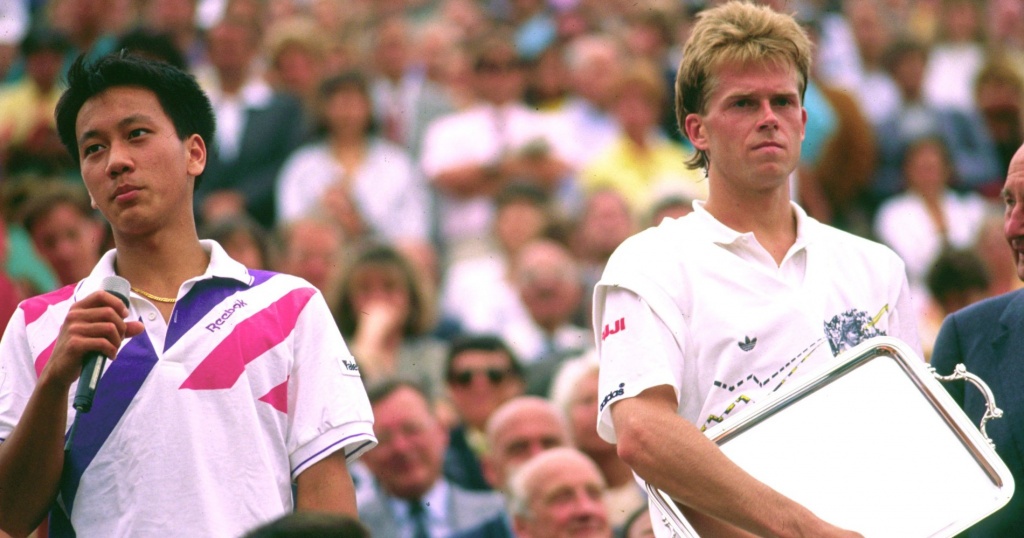
In 1990, Michael Chang struggled to confirm his new status as a Grand Slam champion. Although he still reached the quarter-finals at Roland-Garros (defeated by Andre Agassi, 6-2, 6-1, 4-6, 6-2), he dropped out of the top 10 in April 1990 until March 1992.
His peak years came in 1995-1997. In these three years, not only did he reach three Grand Slam semi-finals but also finished runner-up in three other major events; the 1995 Roland-Garros Championships (lost to Thomas Muster, 7-5, 6-2, 6-4), the 1996 Australian Open (defeated by Boris Becker, 6-2, 6-4, 2-6, 6-4) and the 1996 US Open (beaten by Pete Sampras, 6-1, 6-4, 7-6).
In September 1996, Chang reached No 1 in the world. Exiting the top 10 in early 1998, Chang then slowly declined and at the start of 2000, he was ranked No 38 in the world.

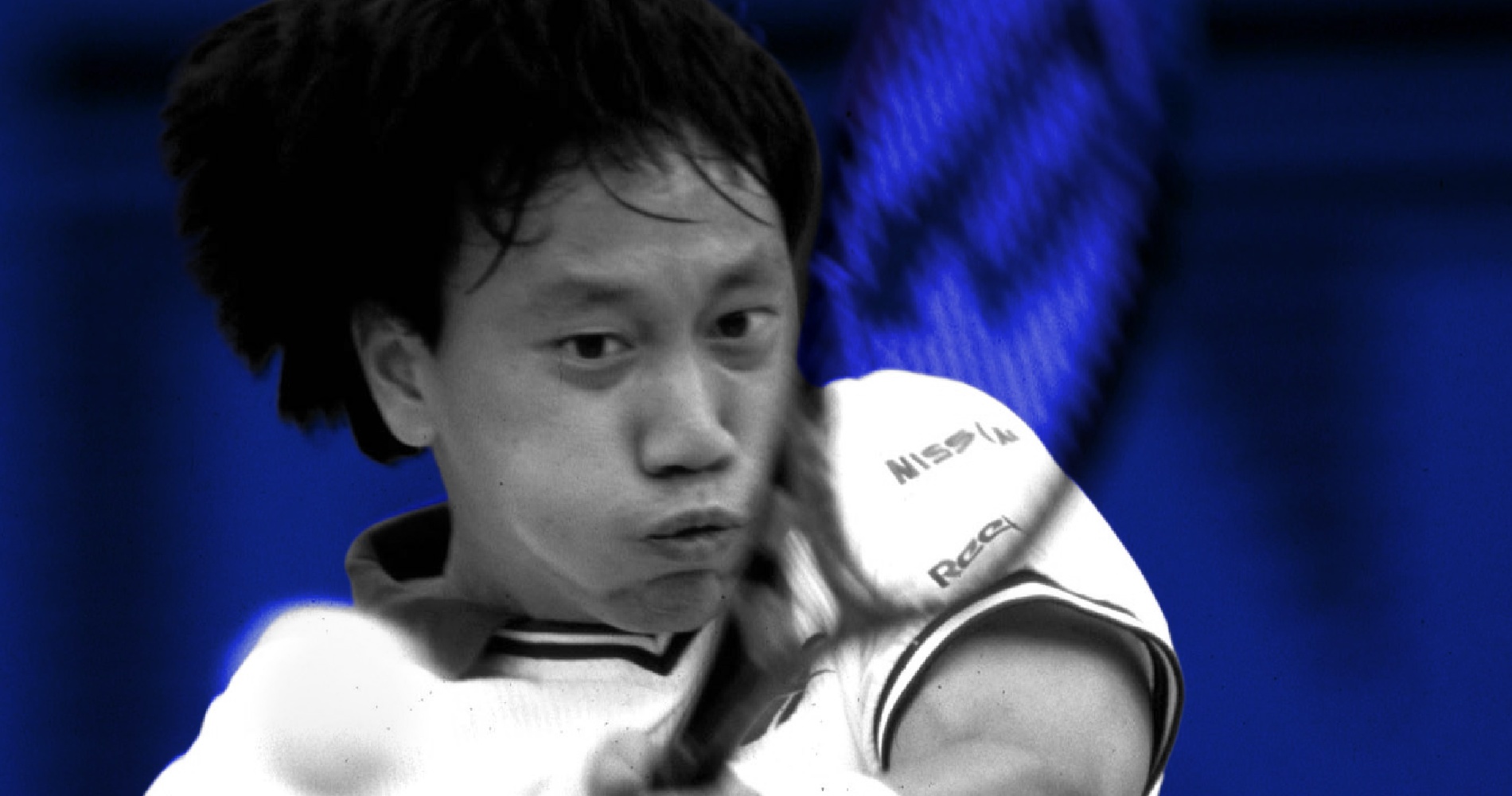


The place: Melbourne Park, Australia
Unlike the other Grand Slam tournaments, the Australian Open (first known as the Australasian Championships and later the Australian Championships) had moved locations several times over the years. In fact, the event switched cities every year before it settled in Melbourne in 1972, and no fewer than five Australian cities had hosted the event at least three times: Melbourne, Sydney, Adelaide, Brisbane and Perth. The event was held on grass at the Kooyong Stadium in a wealthy eastern suburb of Melbourne. Its position on the calendar had changed several times as well between early December and January, going from being the first Grand Slam of the year to being the last.
Until 1982, many of the top players routinely skipped the Australian Open mainly because of the remoteness of the region and the low prize money. Things slowly started to change in the 1980s; with the triumph of Mats Wilander in 1983 and1984, the dynamic changed. The tournament’s board made big efforts to become as prestigious as the other Grand Slams, and eventually the event moved to a new location Flinders Park (later known as Melbourne Park) in 1988.
The tournament also switched from grass to hard courts and unveiled the first-ever Centre Court equipped with a retractable roof. Prize money increased as well and it wasn’t long before the tournament became the favourite Grand Slam among several players.
The facts: Federer wins the first round in straight sets
Although the first-round encounter between a declining Michael Chang and a 19-year-old Roger Federer was not a big event for the general fans, tennis experts watched the match with a lot of attention. The young Swiss, despite having never won a Grand Slam match, already had the reputation of being extremely talented and was seen as a future contender for the world No 1 ranking. Was he going to be able to challenge Michael Chang, who, despite his recent form, was still a former world No 2 and former Grand Slam champion?
In fact, Federer himself was quite excited about the prospect of facing such a famous player. In 2016, after his 300th Grand Slam win, he would recall this 2000 Australian Open first round match. “I don’t remember everything, I don’t remember our rankings at the time for example but there’s one thing I haven’t forgotten. While we were going to court 2 or 3, I don’t remember which one, I was walking behind Michael and I saw that his name was written on his shoes. And I thought: “The guy has his name on his shoes, he’s really on top, he’s great.”
However, having his name printed on his shoes didn’t help Chang against an inspired Federer on this day. The young Swiss prevailed in straight sets 6-4, 6-4, 7-6, to reach the second round.
What next? Federer racks up the Grand Slam wins and titles
After defeating Jan Kroslak in the second round (7-6, 6-2, 6-3), Federer would lose to France’s Arnaud Clément in the third round (6-1, 6-4, 6-3). It would take him a while to master his nerves but after claiming his first Grand Slam title at Wimbledon in 2003, the Swiss would become one of the greatest players of all-time, accumulating 369 Grand Slam wins to hold no fewer than 20 Grand Slam titles.
In late 2000, by claiming his 34th and final title in Los Angeles (defeating Jan-Michael Gambill in the final, 6-7, 6-3, ret.), Michael Chang would become one of the few players to have won tournaments over three different decades (the 1980s, the 1990s and the 2000s). It would be his last year as a top 50 player and after leaving the top 100 in 2002, Chang would retire in 2003.
